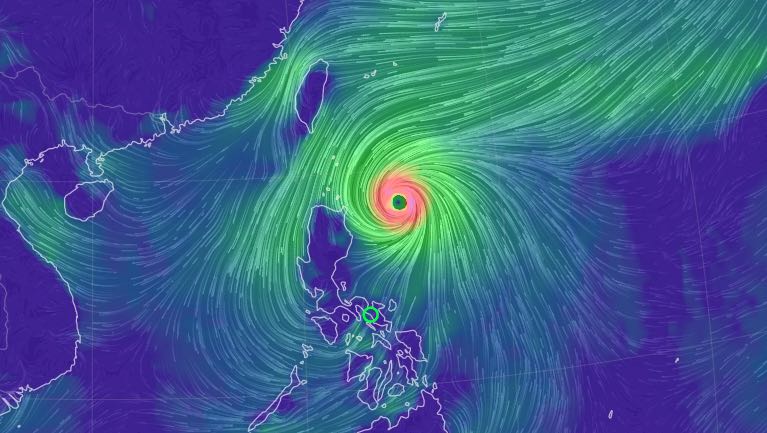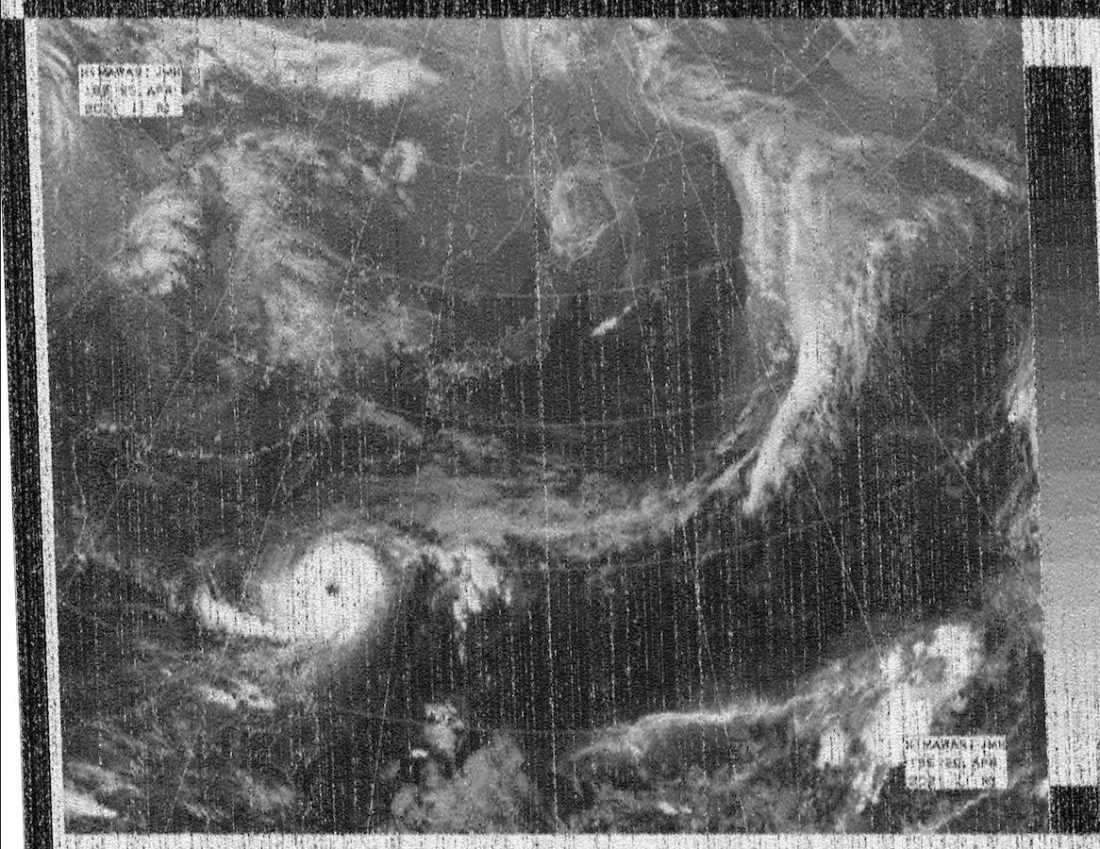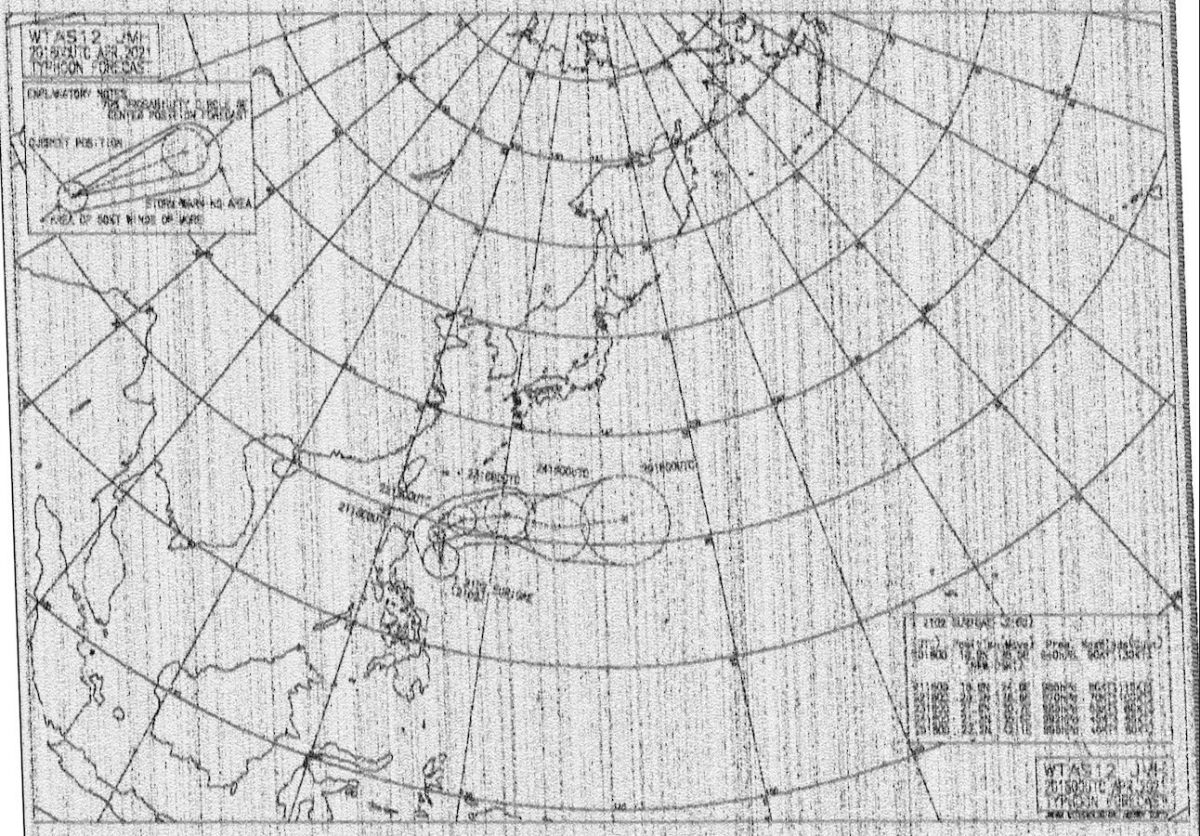 Many thanks to SWLing Post contributor, Carlos Latuff, who writes:
Many thanks to SWLing Post contributor, Carlos Latuff, who writes:
Technology considered obsolete, the fax, or better, radiofax (transmitted by radio) continues to be used by several meteorological agencies around the world, which broadcast weather charts to vessels on the high seas. These two images were transmitted today by the Japan Meteorological Agency and received at 19h10 and 19h50 (UTC) in Porto Alegre, Brazil.
The first image is a photo from the Japanese satellite Himawari 8. Even with noise, due to the shortwave propagation, you can see clearly the “eye” of typhoon Surigae.
The second image is a typhoon alert, indicating on the map that Surigae has changed course and is now en route to the Pacific.
These two images were transmitted today by the Japan Meteorological Agency, on the frequency of 7795 kHz
Thank you for sharing this, Carlos. It’s amazing, the amount of information you can receive over the air even with modest equipment by today’s standards. With a modest portable radio and a little decoding software, anyone can grab images like this.



//s.imgur.com/min/embed.js
Not sure whether this will work, but here are a couple of images from today.
Thanks for the reminder! I tuned into the 7795 (actually 7794 in USB) for fair/good reception, but better on their 13 MHz channel ( 13988.5, but tuned 1 kHz lower in USB) showing the huge L pressure system up to 16:59 UTC from my remote Masset Perseus SDR.
https://app.box.com/s/69lwyz4hqa11u9p313nr8xl3ndnyyht1
Plenty of images downloaded all day, including their schedule, and image test patterns. Also various maps with sea heights, barometric pressures, etc. Interesting, indeed!
What are some good WEFAX decoding software for Linux?
fldigi and JWX both work great on Linux for WEFAX decoding.
fldigi: http://www.w1hkj.com/
JWX: https://arachnoid.com/JWX/
Thanks Mike!
I had issues with fldigi trying to get legible charts. JWX works great!
Good point. We should encourage uses of ‘OLD’ tech if it is open sourced. Trouble with internet based stuff, there is a toll every month to be paid to a corporate giant to look at public information.
My latest kick is trying to get a good, honest, ‘real’ (i.e. received by me own my own equipment, no websdr) decode of the JHM test pattern. It helps that it’s late at night (for me) and when the band is usually peaking currently; it doesn’t help that the JMH stations are only a few kW & several thousand km away.
Their test pattern is also a good test of wefax software decoders – there’s a couple of parts of the pattern that trip up many decoders e.g. the one used by most KiwiSDRs.